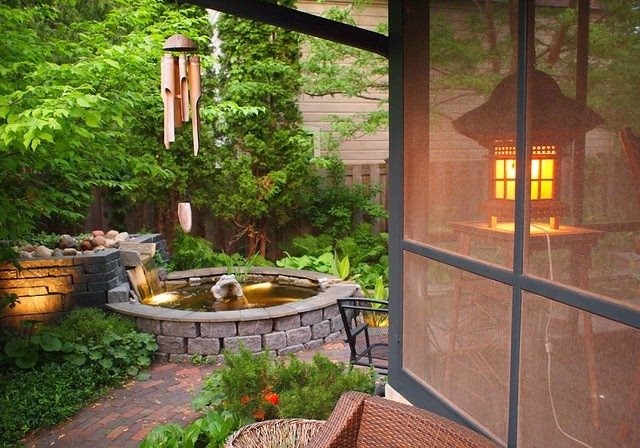
When working on a landscaping project there are several different factors that should be kept in mind to ensure a successful result. In this article we’ll go over nine must-have components for great landscaping.
Colour
We don’t live in a black and white world. We have a wide range of colours to choose from when landscaping. However, even black and white can be incorporated into a landscaping project to great effect. Use colour to help create the statement you want to make.
Line
Lines run everywhere through both nature and landscaped spaces. They don’t necessarily have to be straight. Lines can be used to make spaces appear larger or smaller or direct sightlines towards a focal point. Use lines to direct the eye to what you want noticed or unnoticed.
Light
Outdoor light changes throughout the day, month and year. Take notice of those changes and use them to your best advantage. Sun, shade, day and night will all provide you with different opportunities.
Texture
Texture provides character, depth and composition to your landscaping endeavour. Whether uniform or contrasting, texture is found in virtually every landscaping element. Pay attention to the various textures and how they affect the overall feel.
Shape
You can use shapes to bring landscape elements together or provide distinction. Focusing on a single shape or mixing different shapes can create a recognizable feel or emotion in a landscape.
Focal Points
Focal points are where the eye is drawn to in the landscape. Every landscaping project should feature at least one focal point. The larger the space you have to work with, the more focal points you can introduce.
Proportion/Scale
Proportion and scale refers to the relative size of various elements in your landscape design. You can use proportion and scale to draw attention to or hide certain elements. Keep your proportion and scale in line with the size of the area you have to work with.
Pattern
People are naturally drawn towards patterns. You can use patterns to allow the brain to relax and create a sense of calm. Contrasting patterns can liven up an area and create a sense of movement.
Symmetry/Asymmetry
Like patterns, the human brain has evolved to appreciate symmetry. It creates a sense of balance and order. Using the principles of symmetry can create a calm and tranquil landscape. Conversely, asymmetry can stimulate the brain and evoke energy.
